Removal (elimination) of stenosis in vertebral canal
Stenosis in the vertebral canal is most often found in the lumbar and cervical regions. As a rule, this is the result of age-related changes in people over 50, although it can occur at a younger age. Excessive overgrowth of the spinal bones and thickening of spinal ligaments results in a narrowing of the space of the spinal canal in which the nerves are located, which can lead to pain, weakness and numbness in the limbs especially manifested during movement.
Removal of stenosis in vertebral canal is the elimination of compression of nervous structures in the spinal canal that provoke pain and discomfort.
Indications:
Some patients with spinal stenosis visualized on CT scan may not have any symptoms at all, while others may feel pain, numbness, muscle weakness, and other discomfort. These symptoms can get worse over time.
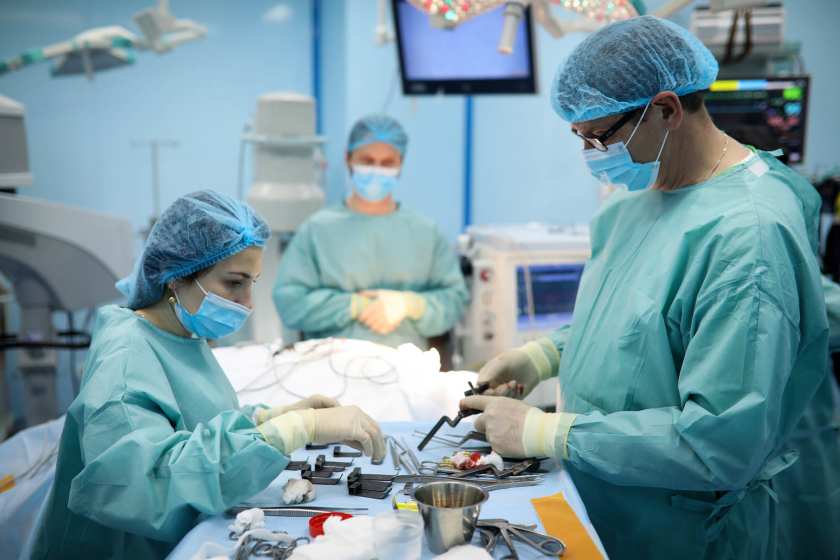
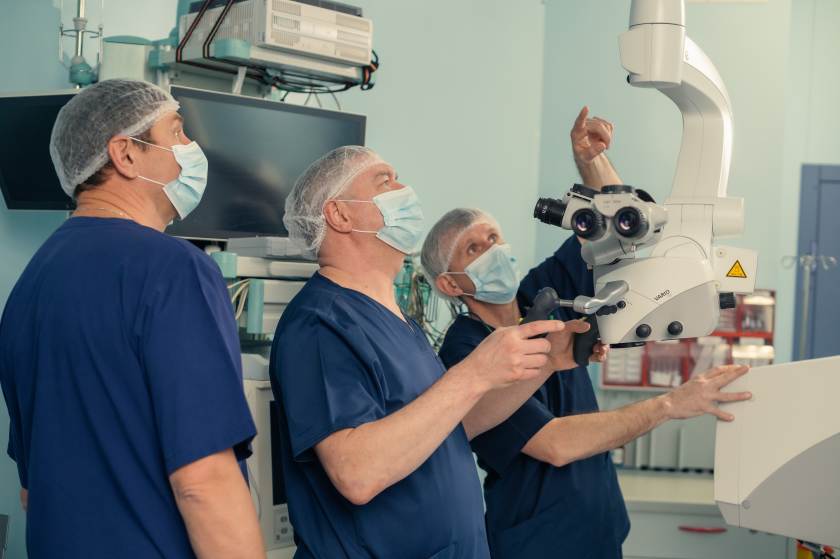
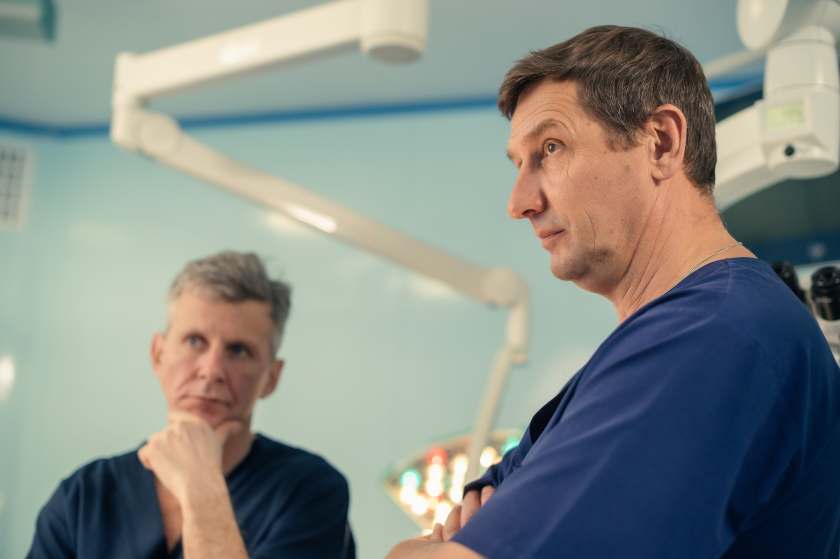
The process of the surgery
There are two types of removal of stenosis in the vertebral canal. When the rear part of the problem vertebra (brace) is removed, the procedure is called laminectomy. Sometimes nerves can be trapped in narrow holes through which they exit the spinal canal. The release of nerves from these holes by creating extra space is called a foraminotomy. A patient can feel an improvement in his/her condition the very next day after the surgery and go home in 2–3 days.
The surgery is performed under general anesthesia and can last from 40 minutes to 2–3 hours depending on the degree of stenosis.
Preparation:
A patient undergoes the usual preoperative examination that includes clinical blood analysis and blood chemistry with coagulogram and ECG. Considering that the majority of patients with stenosis are elderly people, the examination is complemented by a study of the state of the vessels of the neck and lower extremities and consultations of other medical specialists.
A patient should not eat and drink four hours before the surgery.
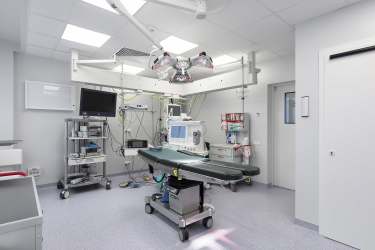



Dobrobut clinic center has the patient support service that provides aid and support after the discharge, notes the patient's health condition and also develops the schedule of planned check-ups by the specialist after the treatment.
Our advantages
Dobrobut Medical Center with Inpatient Department in Solomenka 24/7
ISO certificates
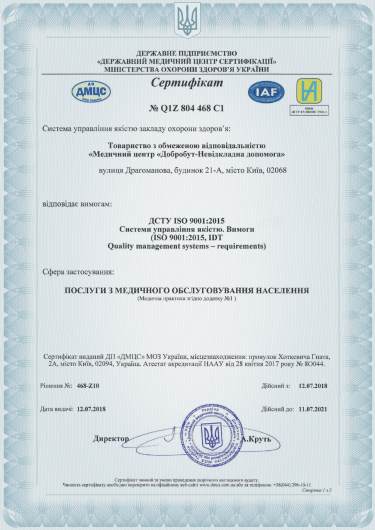
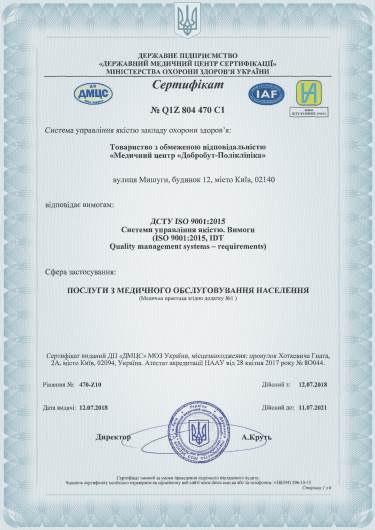
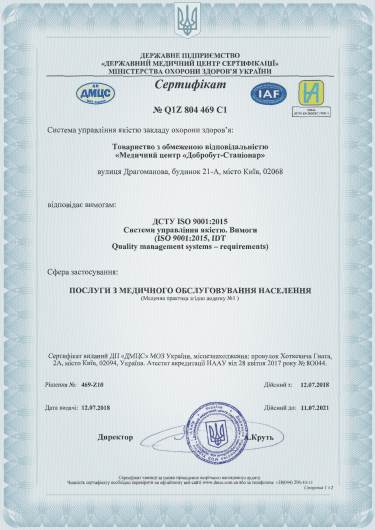
Accreditation certificates
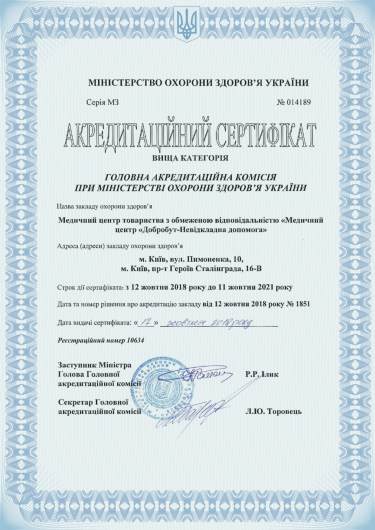
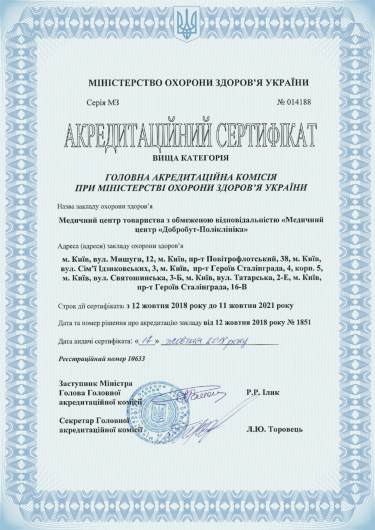

Medical practice licenses
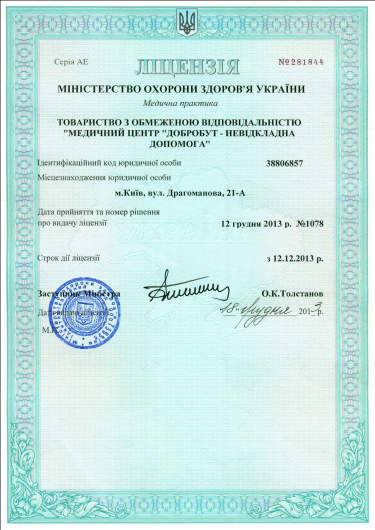
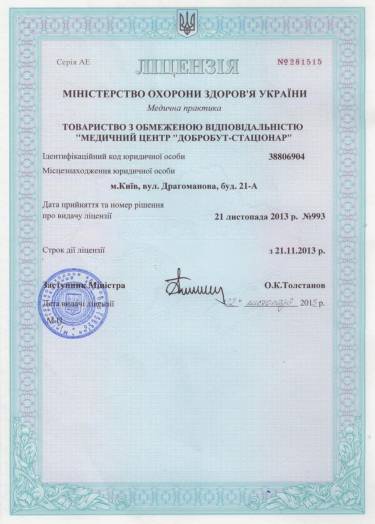

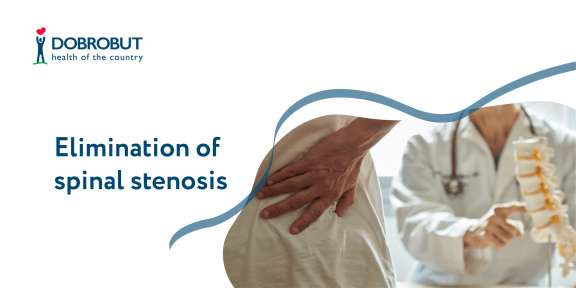



%402x.png)
%402x.png)
